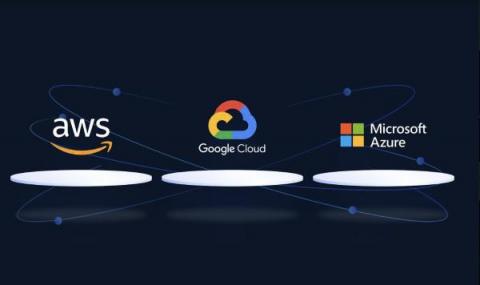The 5 Must-Follow FinOps Thought Leaders of 2023
The world of FinOps can be pretty complex. Don’t get us wrong, it’s a fantastic way to align IT and finance teams for maximum efficiency in cloud operations. But for newcomers, it may feel a bit overwhelming at first. That’s why following influential leaders in the FinOps space is a must. The tips, insights, and guidance from these top FinOps performers can give you the confidence and motivation to lead FinOps at your company.



